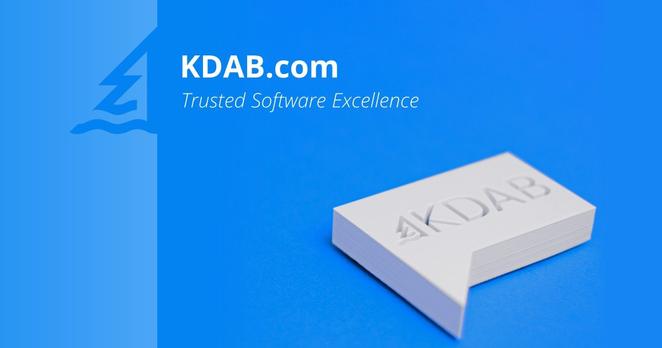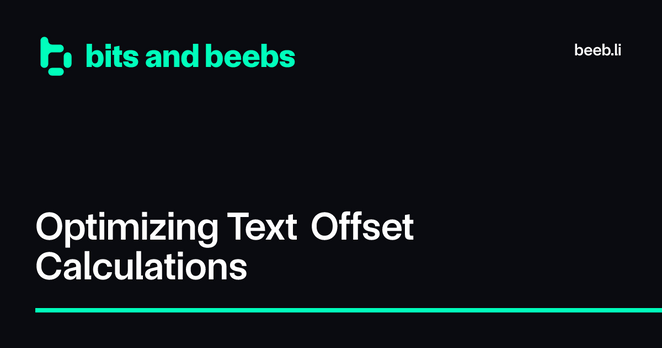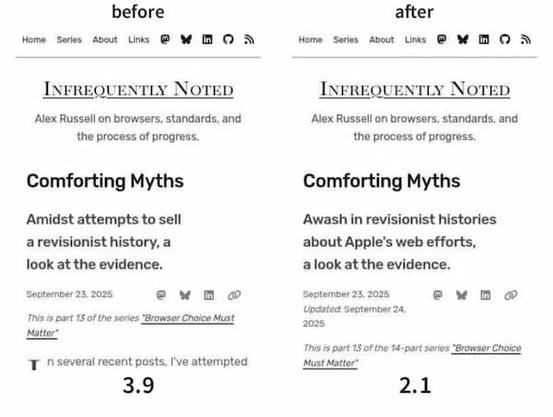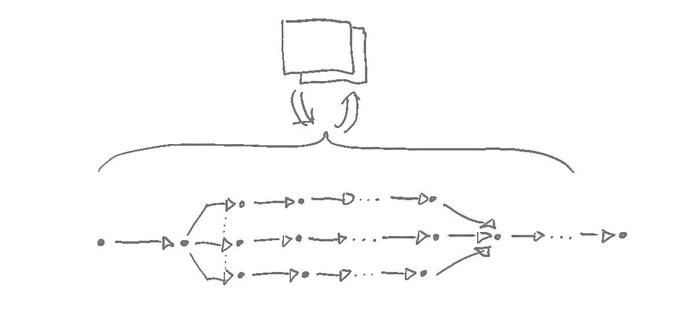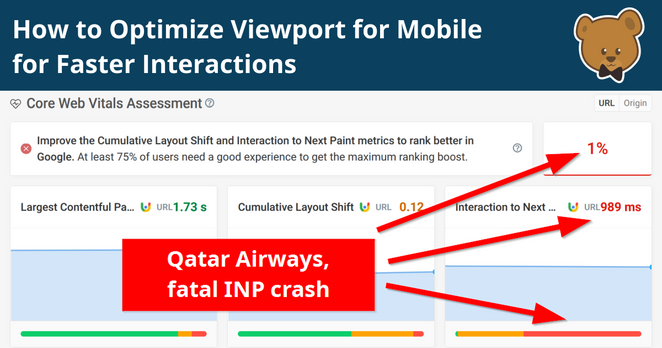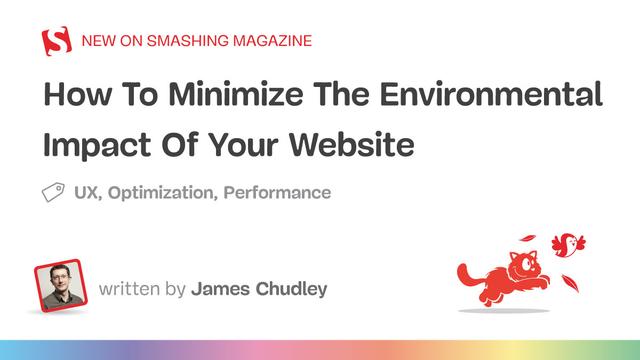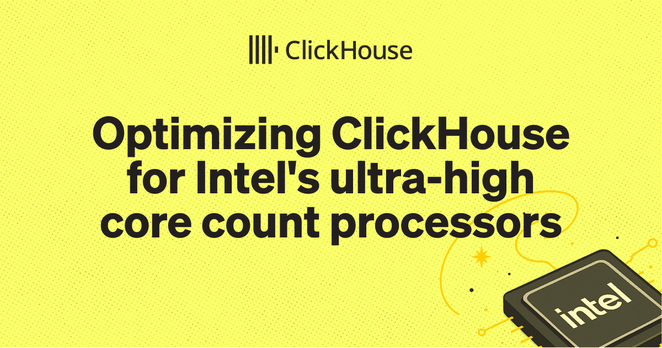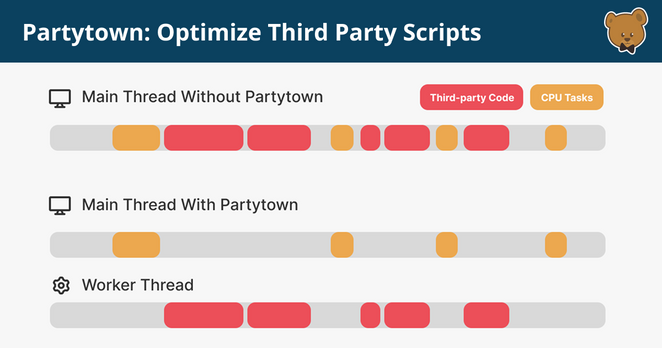“The farmer of the future is part biologist, part data scientist, and part roboticist—but is still 100% an optimist who plants a seed and believes in tomorrow.” – Futurist Jim Carroll
This quote captures the essence of the modern agricultural professional!
The fact is, the sepia-toned image of a world-weary farmer with a pitchfork is a relic. Today’s farmers and ranchers are some of the most innovative people I know.
With that in mind, this summary is about the second type of farmer and provides a roadmap for that future-positive farmer.
The Landscape: 10 Trends Redefining Agriculture
To succeed tomorrow as a farmer today, you must understand the powerful forces reshaping your world. These trends are not distant possibilities; they are active realities creating massive opportunities.
AI-Driven Precision Agriculture. AI analyzes data from drones, sensors, and satellites to create precise maps, allowing farmers to optimize the use of irrigation, fertilizer, and pesticides, which boosts yields while reducing costs and environmental impact.
Autonomous Operations & 24-Hour Farming. The future of farming is happening faster than you think, with driverless tractors and weed-zapping robots becoming a reality.
Accelerated Agricultural Science & Genomics. Agriculture is fundamentally about science, and science is accelerating at an exponential rate. Advances in genomics, nanotechnology, and bioinformatics are transforming the industry.
Hyper-Connectivity & Livestock Monitoring. We are firmly in the era of the "connected cow," with "Fitbits for cows" providing a constant stream of data.
Vertical Farming & Controlled Environment Agriculture (CEA). As the global population grows and arable land shrinks, farming is moving indoors.
Data-Driven Decision Making. The modern farm generates a massive amount of data. AI and predictive analytics can process this data.
Generational Transformation. The tech-savvy "iPod generation" is taking over the family farm.
The Rise of "Just-in-Time Knowledge". The pace of change and scientific discovery has made it impossible for any single person to be an expert in everything.
Sustainability & Food Security. A core challenge is that global food production must double in the next 30 years, with little new arable land available.
Supply Chain Disruption & E-commerce. The agricultural supply chain is being reshaped by everything from global trade volatility to new technologies like blockchain for food safety and traceability.
These aren't crazy, science-fiction-like ideas - these are real trends happening now!
And they define the future of farming.
----
**#Agriculture** **#Innovation** **#Technology** **#Farming** **#Data** **#Robotics** **#Precision** **#Sustainability** **#Future** **#Optimization**
Original post: https://jimcarroll.com/2025/09/decoding-tomorrow-the-way-forward-2-agriculture-the-farmer-of-the-future-is-part-biologist-part-data-scientist-and-part-roboticist-but-is-still-100-an-optimist-who-plants-a-seed-and-beli/
